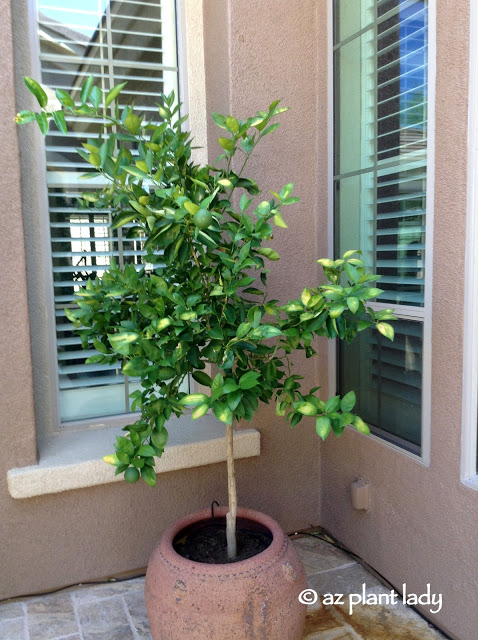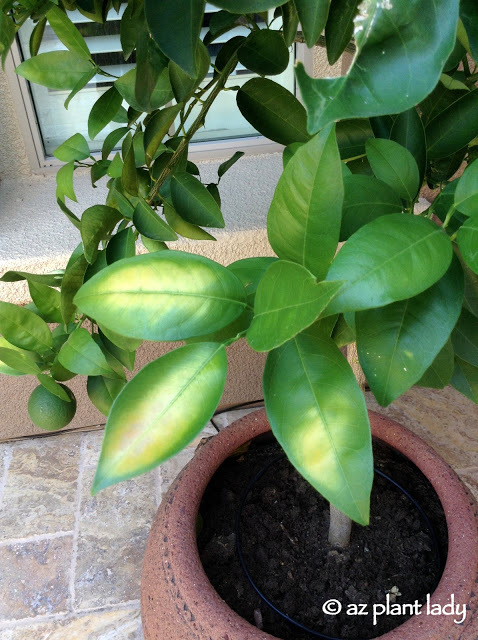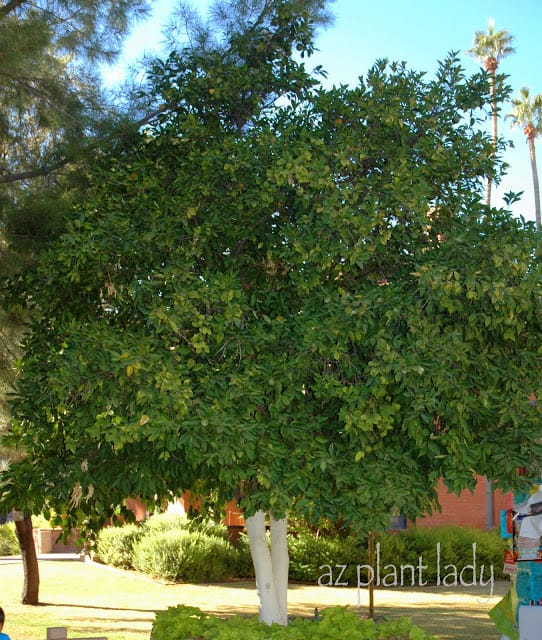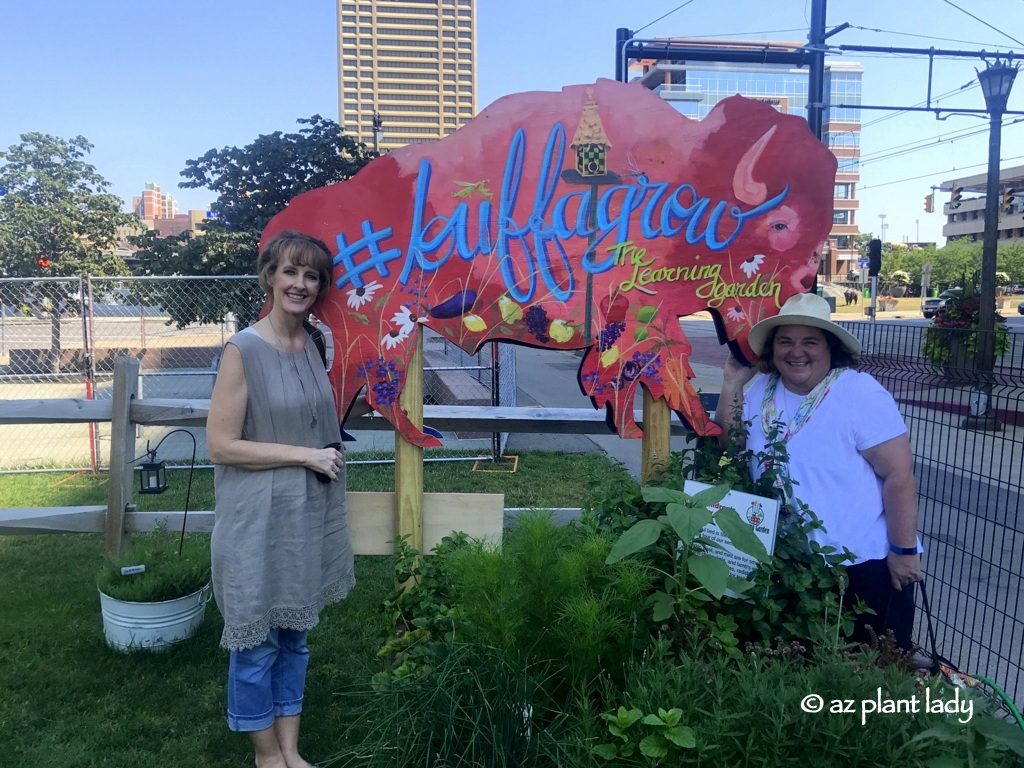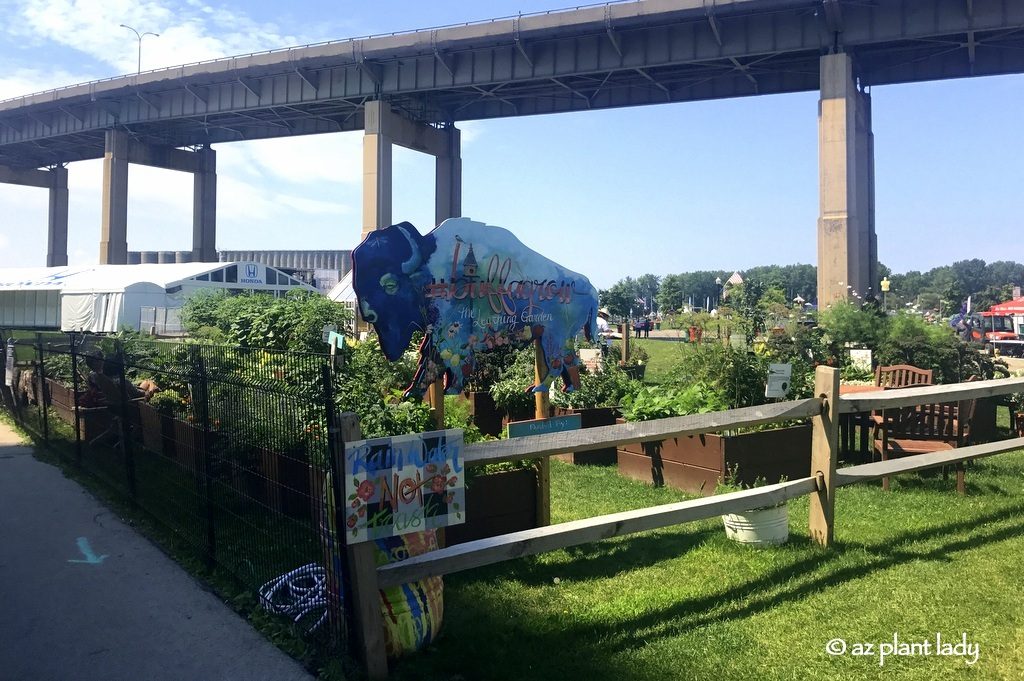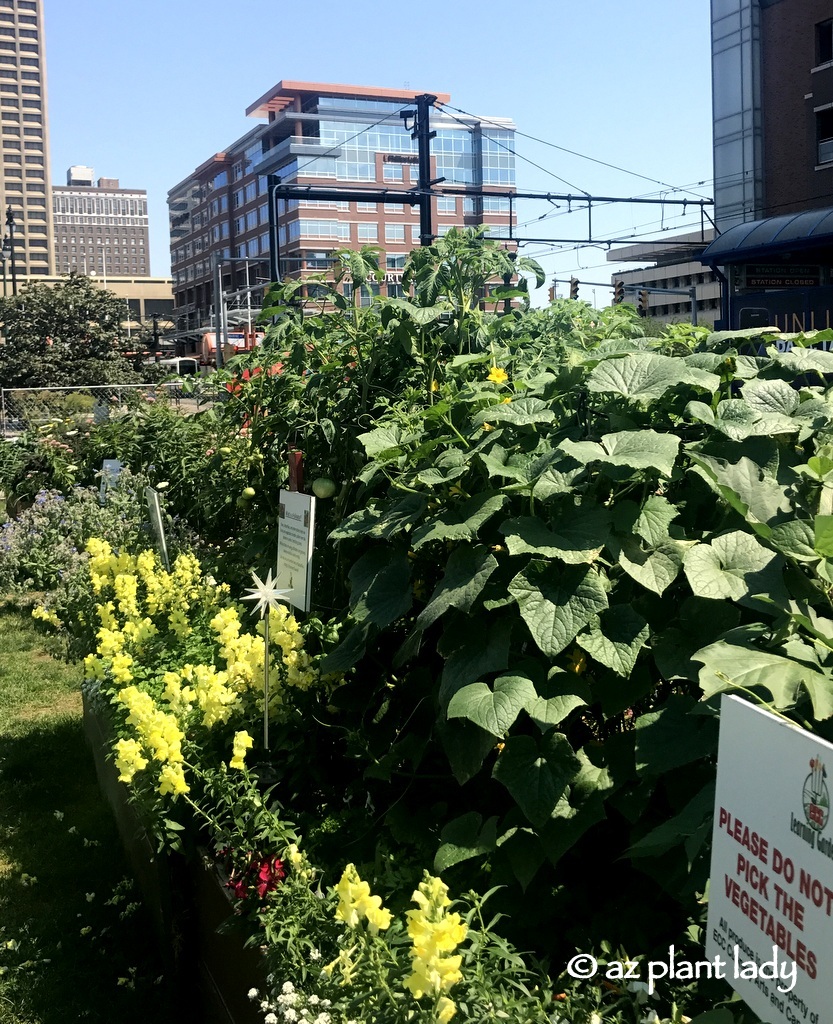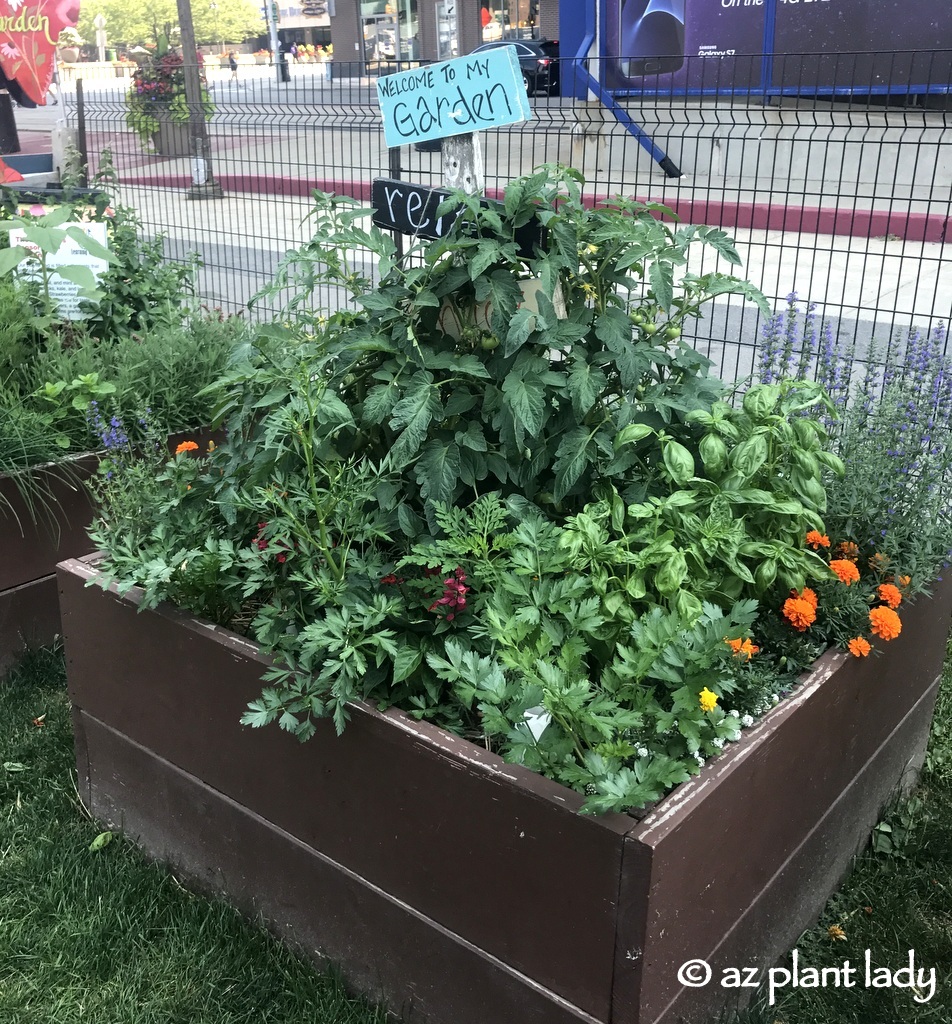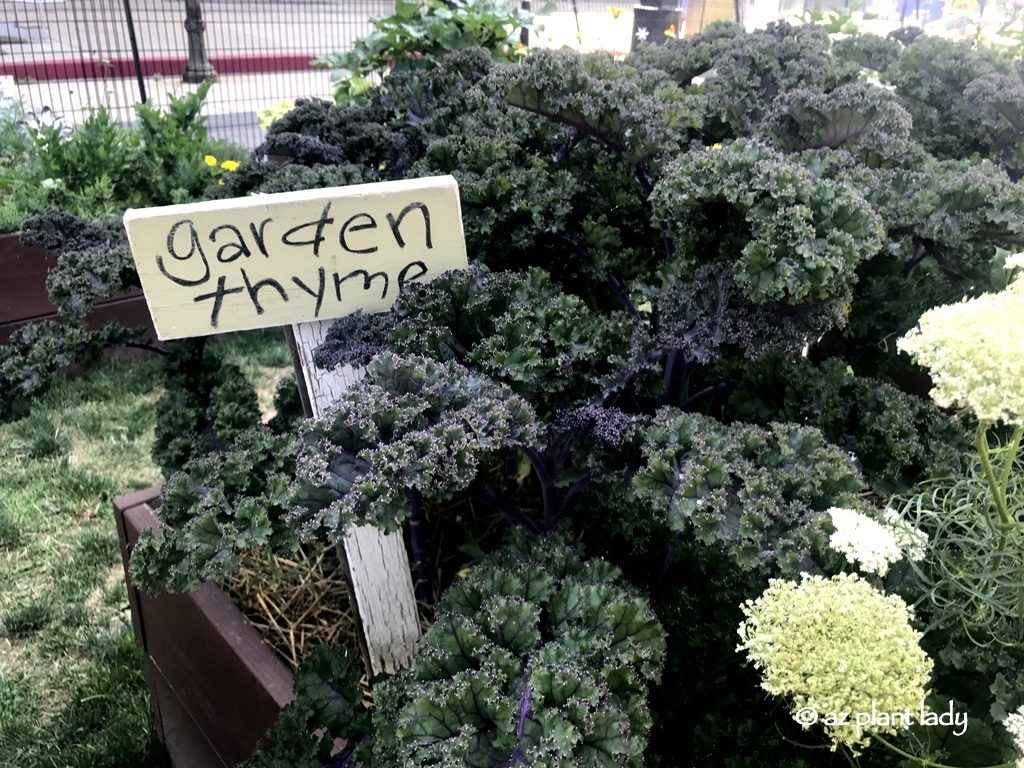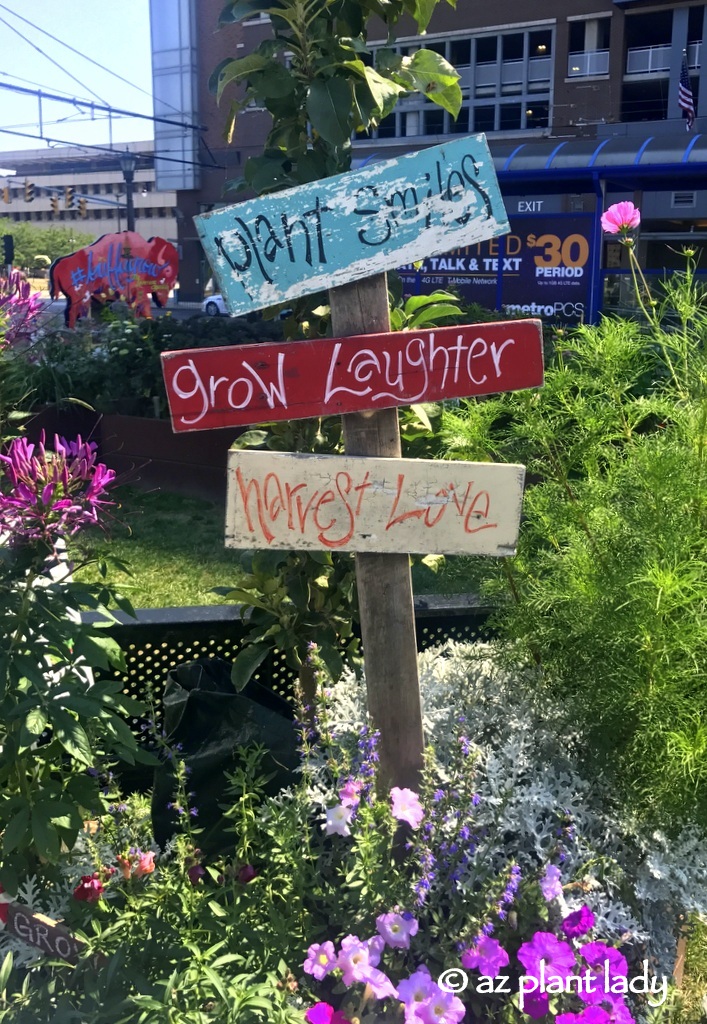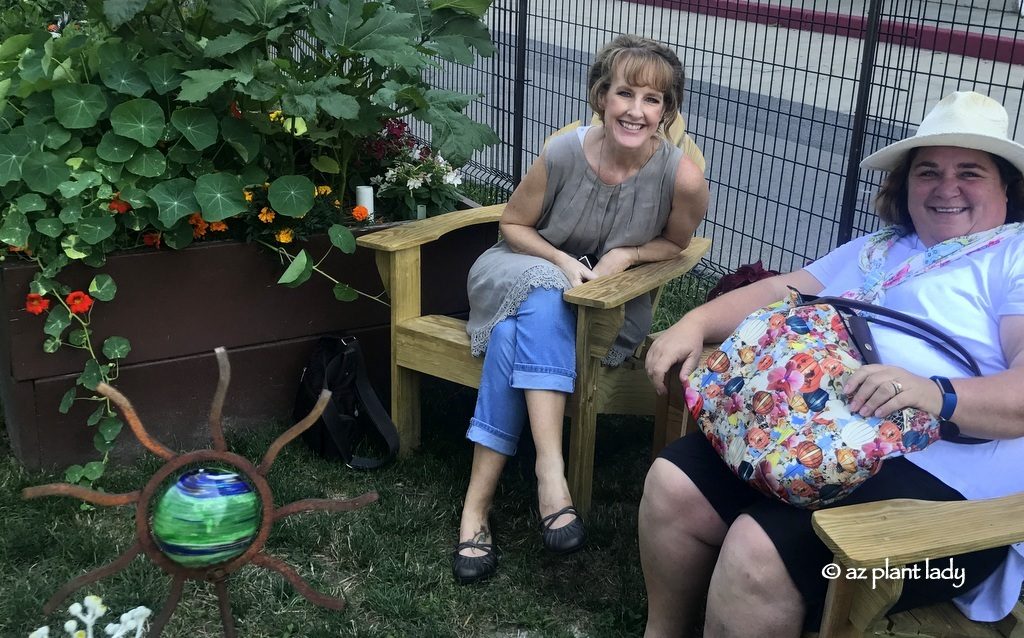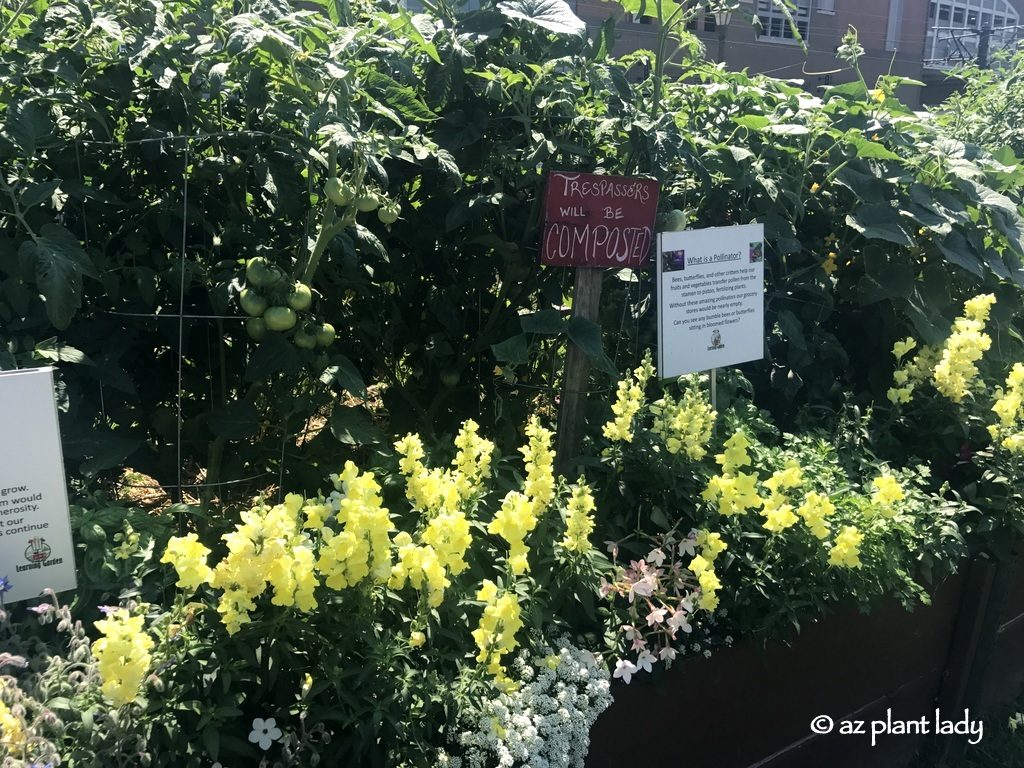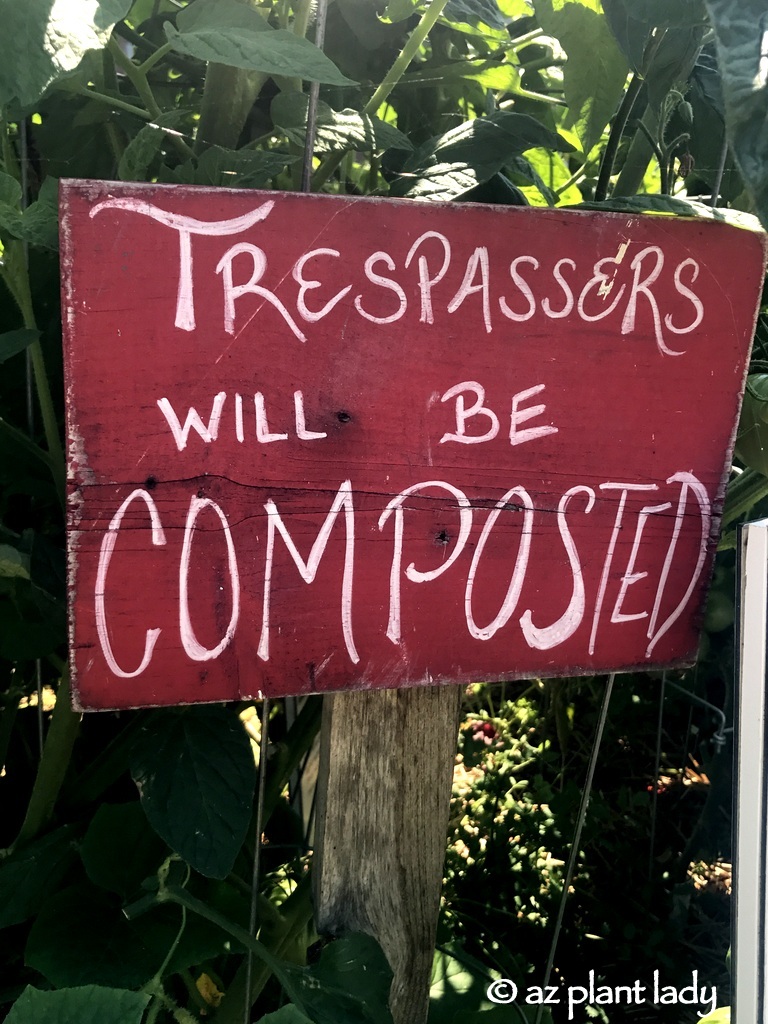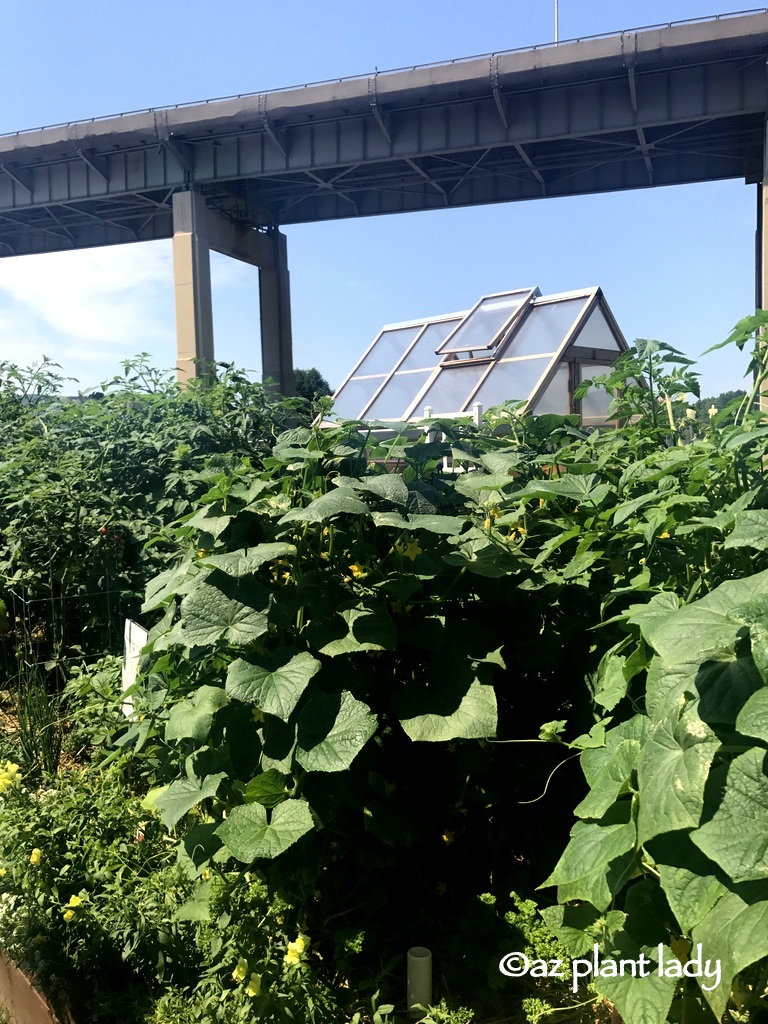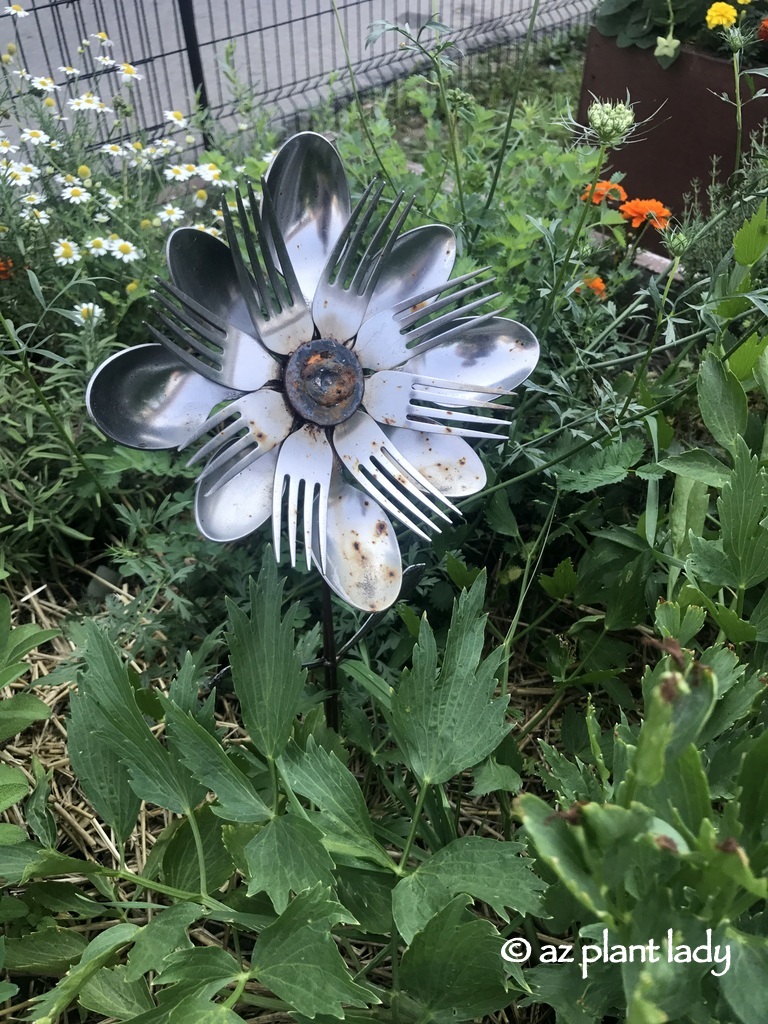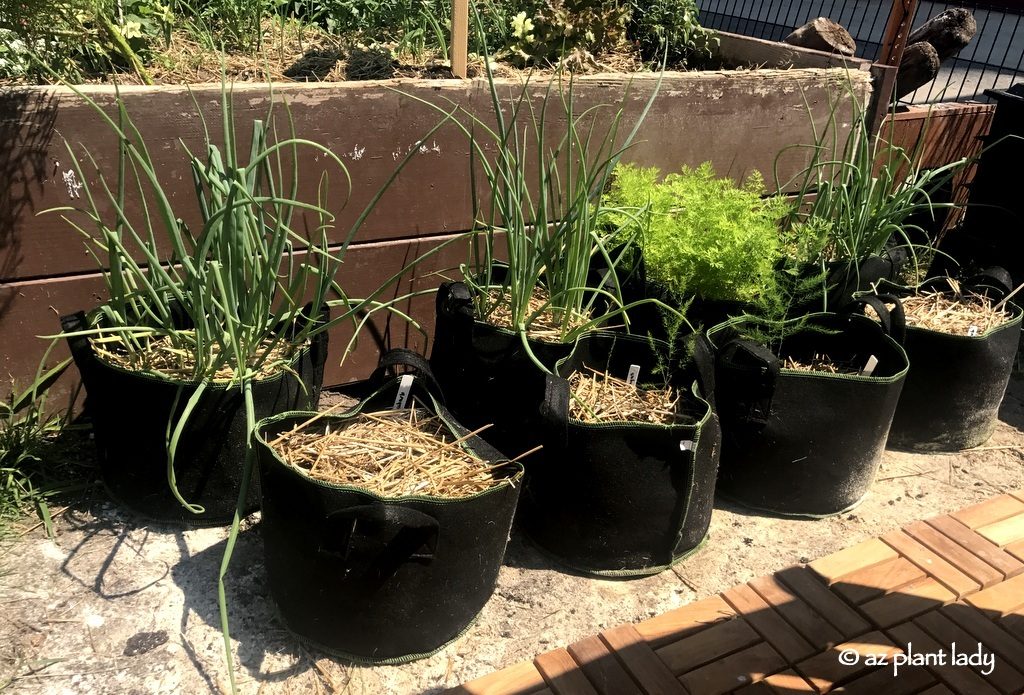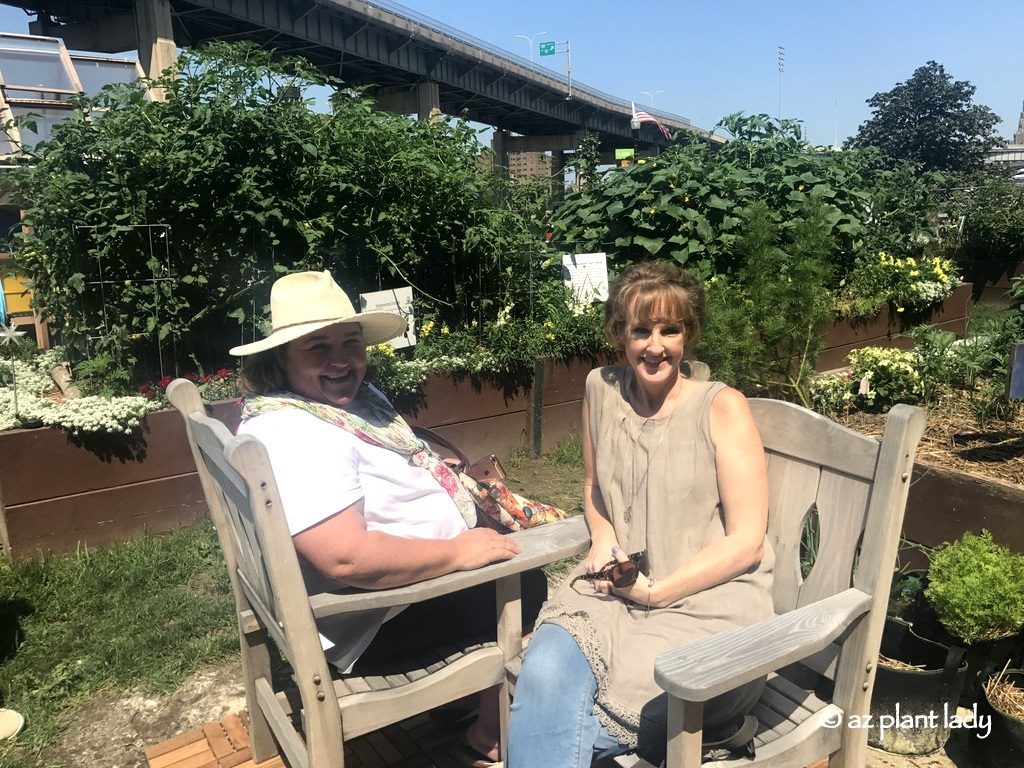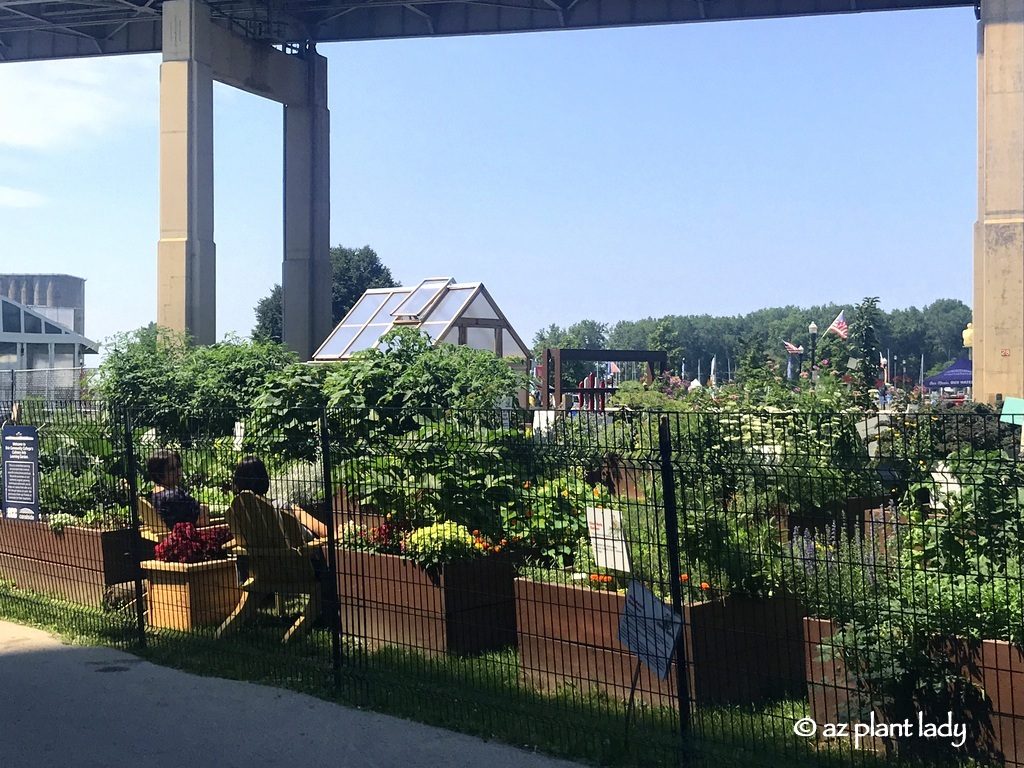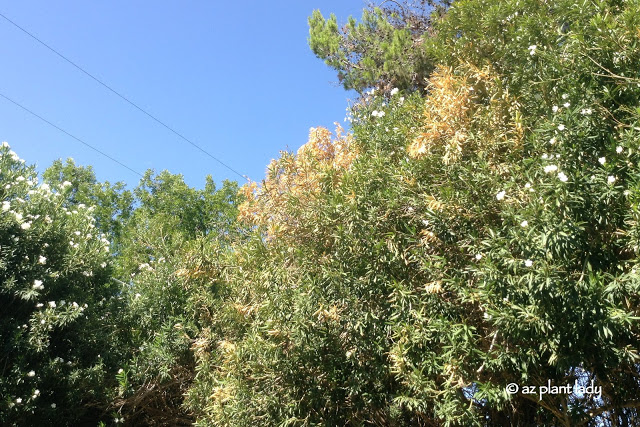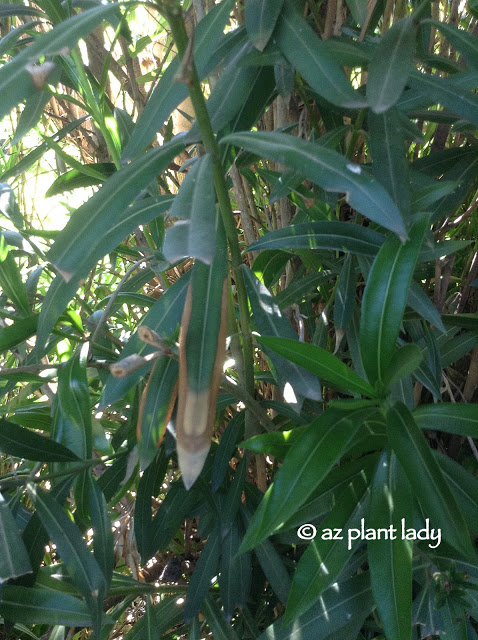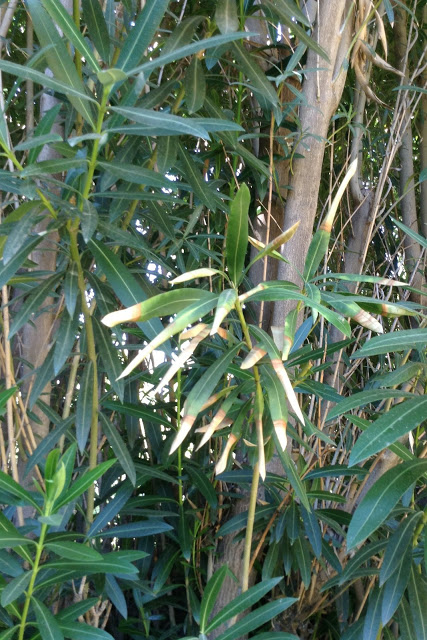This blog post contains affiliate links. If you click through and make a purchase, I may receive a commission (at no additional cost to you). Thanks for your support in this way.*
I enjoy traveling around the country, exploring gardens. Throughout my travels, I am constantly amazed at the unexpected gardens that I stumble upon. Recently, I was in Buffalo, New York for the annual GWA Conference. I arrived a few days early in order to spend time with my BGF (Best Garden Friend), Andrea who came all the way from Australia to attend. We set out from our hotel in the morning to see more of the downtown area of the city.
It was a hot and humid day, but we were not deterred. We passed by a farmers market down the road from our hotel where fresh produce from area farms, was laid out to tempt passersby.
I enjoy seeing fresh seasonal produce but lament that fact that other than fresh fruit, I am limited as to what I can use without a kitchen when I am traveling.
Most farmers markets also feature plants for sale and it’s a great way to see what grows in that area.
After leaving the farmers market with a bag of blueberries, we continued our walk toward the lake side where we encountered a lovely urban community garden. The Learning Garden is located underneath an overpass and adjoins a park.
The garden serves as an outdoor classroom for Erie Community College.
Three of the sides of the garden bounded by a fence, leaving an open gateway for visitors to explore the garden.
Raised beds were filled with a variety of vegetables and herbs along with a few ornamental flowers. Tomatoes are found in almost all of the beds and this garden clearly had an Italian theme with its basil and parsley.
Intermingled with many of the edible crops were whimsical garden signs like this one nestled within a bed of kale.
This sign expresses the joy of gardening for me and I believe for many others as well. As you can see, they aren’t difficult to make and I may enlist the woodworking skills of my husband to make some for my own garden.
Andrea and I took a moment to rest our sore feet while enjoying the scenery of the garden and the busy bees roaming from flower to flower.
The raised beds followed no distinct pattern that I could ascertain – but regardless, they looked great and were obviously thriving. Vegetables were the main focus with flowering annuals such as snapdragons and alyssum adding color.
I want this sign in my vegetable garden – do you think the neighborhood cats can read?
A small greenhouse is located behind massive cucumber vines. My cucumber vines have never looked that good…
I enjoy garden art made from repurposed materials, such as this ‘spoon-fork’ flower – a definite touch of whimsy.
What do you do when you run out of room in your raised beds? Plant vegetables in fabric containers, of course!
In a sunny corner, an unusual pair of wooden chairs sat, facing each other. What a great piece of furniture for those who enjoy good conversation, like we do!
We spent over an hour exploring the garden before leaving. It was a completely unexpected garden discovery and one that I will remember for a long time.
Once we left the garden, we decided to search for a place to eat lunch. Did we select a unique eatery or small cafe for lunch?
Nope.
I’ve heard great things about Tim Hortons and we don’t have them where I live and they aren’t in Australia, where Andrea lives either, so we decided to eat lunch there to see what all the buzz was about.
Okay, this isn’t the healthiest lunch, but I did get my pretzel bun club sandwich without mayonnaise and it was delicious.
For dessert, we ate their famous cake batter-flavored donut holes – oh my, they were wonderful! It’s probably a good thing that we don’t have one nearby or my waistline would suffer greatly.
I hope you have enjoyed our Buffalo garden travel so far. You can click here to read about our adventures at the test garden filled with colorful annuals. Next up, a garden from the pages of Harry Potter!
**You can follow Andrea’s gardening adventures on her blog.
